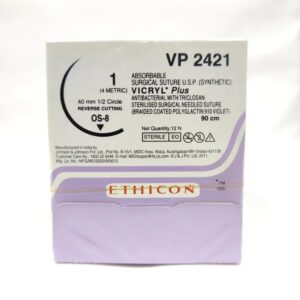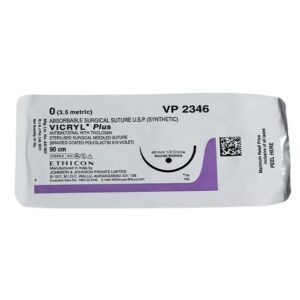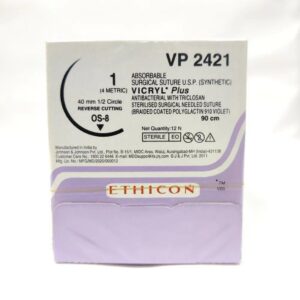SURGICAL SUTURE
SURGICAL SUTURE: Surgical suture, also known as a surgical thread or stitch, is a medical device used by surgeons to hold body tissues together after surgery or during a wound closure. It is commonly used to repair incisions and wounds, promote healing, and reduce the risk of infection.
The primary mechanism of action of surgical sutures is to provide support and strength to the tissue during the healing process. The suture material is inserted through the edges of the wound or incision, creating a closure that holds the tissue together until it can heal naturally. This helps to reduce the risk of bleeding, minimize scarring, and promote faster healing.
The dose or amount of surgical suture used depends on the size, type, and location of the wound or incision. Different types of sutures are available, including absorbable and non-absorbable sutures. Absorbable sutures are designed to break down and dissolve naturally in the body over time, while non-absorbable sutures require removal by a healthcare professional once the wound has healed.
Like any medical intervention, there can be certain side effects associated with the use of surgical sutures. Potential side effects may include infection, allergic reactions, tissue irritation, pain, and discomfort at the suture site. In some cases, the body may also react to the suture materials, leading to a foreign body reaction or inflammatory response. It is important for patients to closely follow post-operative care instructions provided by their healthcare professionals to minimize the risk of complications and ensure proper healing.



